Dictamnus Albus, also known as fairy flower, is a perennial herb of the Rue family.
It occurs rarely, mostly on the southern slopes of mountains in limestone, dry and sandy soils. Forms several stems with a height of about 35" (90 cm). They end with a large cluster of flowers that are in the shape of a stretched butterfly.
The colours of Dictamnus are white, red or pink. Produce large amounts of etheric oil, which highly saturates the air. They are very beautiful and large, gathered in clusters. Fruit of Dictamnus is a popping box, containing several black and shiny seeds.
Flowers in May to June to July, and the seeds ripen in August and September. During this time, the boxes burst, launching seeds 9 ft (3 m) away. This is the time at which, the plant releases the greatest amount of essential oil.
Essential oil fills the air, so that if on a hot and sunny day, you lit a match close to the herb, the air around it will burst into flame. Separates black smoke, but the Dictamnus will not be hurt.
Propagated by dividing the bush, seeds or cuttings. Plants that are grown from seeds bloom in the second year. Separation of the bush should be done in autumn or early spring. At one point, it can grow for 8-10 years.
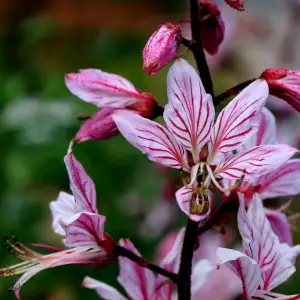
According to folk tales, fairies make their wreaths of Dictamnus. A widespread custom is walking on Dictamnus, done on the day of Ascension. Those suffering from various diseases and childless women go to the meadows and forests, where this healing herb grows. They bring with them a fresh towel, green pitcher, loaf of bread, pitcher of wine and roasted chicken.
They stay until the second roost and then silently get up, sprinkle water and stealthily go back into the village. This, some ancestors believed that they would recover, thanks to the action of Dictamnus. The root is used today in modern homeopathy and folk medicine.
Composition of Dictamnus
The roots of Dictamnus contain bitter substances, saponins, essential oil and alkaloids. Essential oil Dictamnus is highly toxic and smells unpleasant.
Collection and storage of Dictamnus
Usable part of the herb are the roots. They are removed in the fall, and the seeds ripen in August-September. The recovery of the roots should be handled with protective clothing because Dictamnus is an irritant. The roots are dried in the shade. Properly dried herbs must have a bitter taste, odour and light brown color.
Benefits of Dictamnus
Dictamnus has a very good diaphoretic and diuretic effect. Furthermore, there is an anti-bacterial, anti-fungal and anthelmintic effect. Lowers the temperature and improves digestion.
Dictamnus is recommended by folk medicine for dysuria, kidney sand, problematic menstruation, inflammation of the renal pelvis, epilepsy, rheumatic diseases, leucorrhoea, parasites, gout and others. Calms the nerves.

Traditional medicine with Dictamnus
Folk medicine recommends the use of the root with stones and sand in the kidneys, haemorrhoids, rheumatism, poor and painful menstruation, hysteria, worms, epilepsy.
Externally, it is recommended to brew for baths with cracked feet and hands as well as rheumatism in young children. Crushed leaves and flowers mixed with olive oil are used as means for treating rheumatism.
1 coffee spoon of Dictamnus roots are boiled for 5 min in 1 2/3 cups (400 ml) of water. Drink one wine glass, three times daily before meals.
Dangers of Dictamnus
Although it is healthy, Dictamnus is a poisonous herb. For this reason, at the time of collection, be careful before taking Dictamnus and you need to consult a doctor in order to avoid possible negative effects.
If you collect Dictamnus without protective clothing and gloves, itching and other unpleasant skin manifestations that result from toxicity of the essential oil may arise.
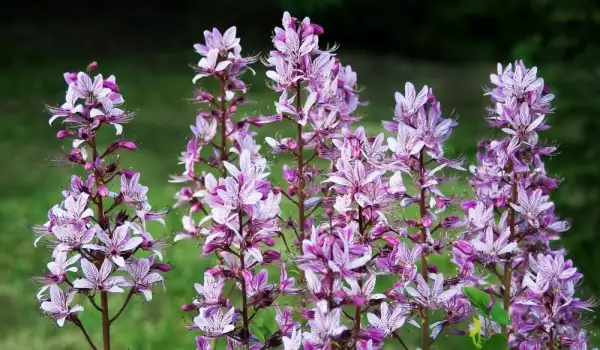
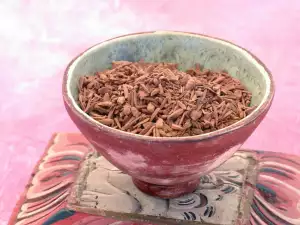
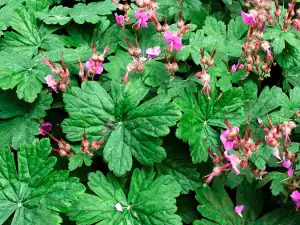
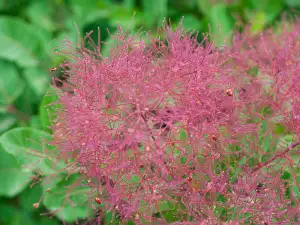



Comments